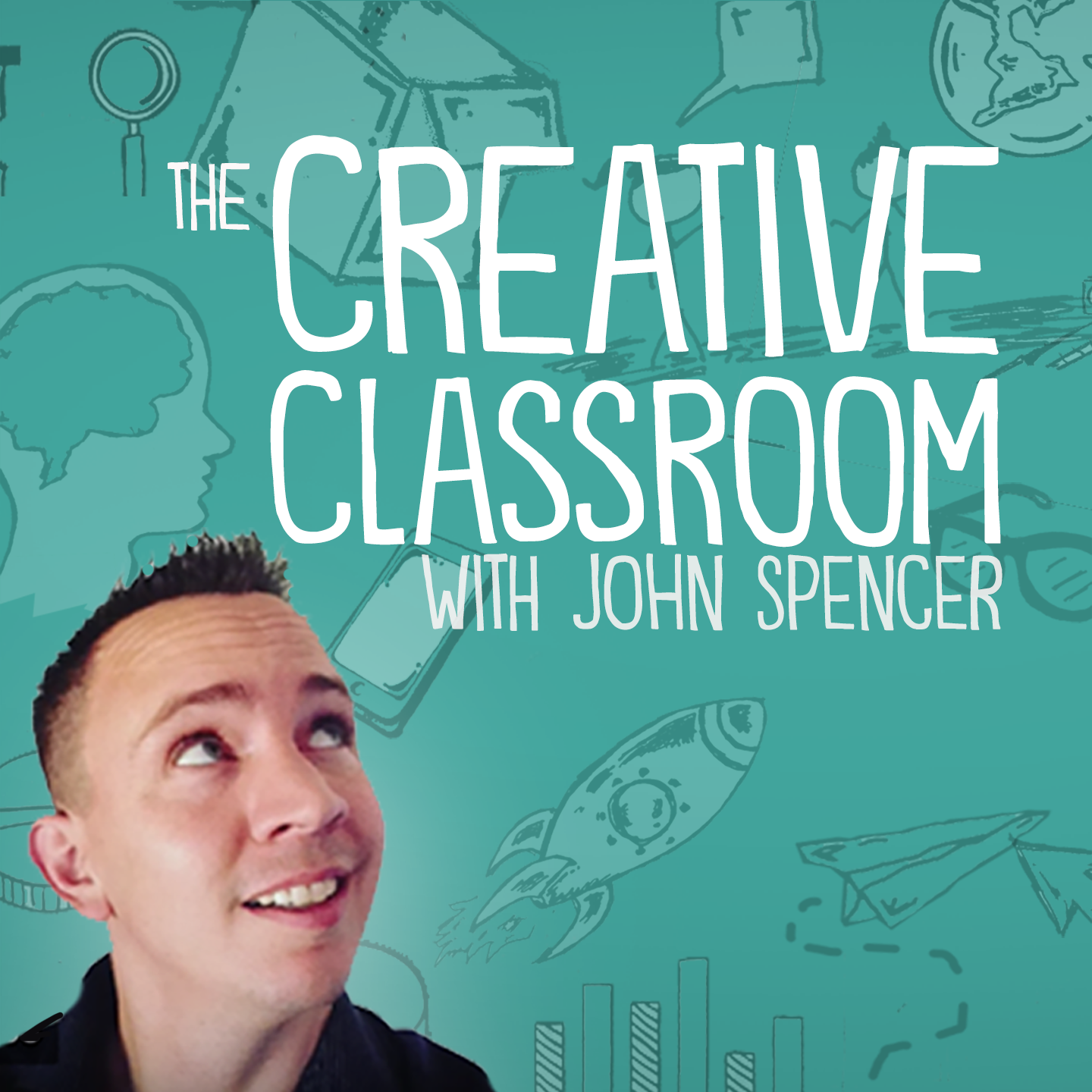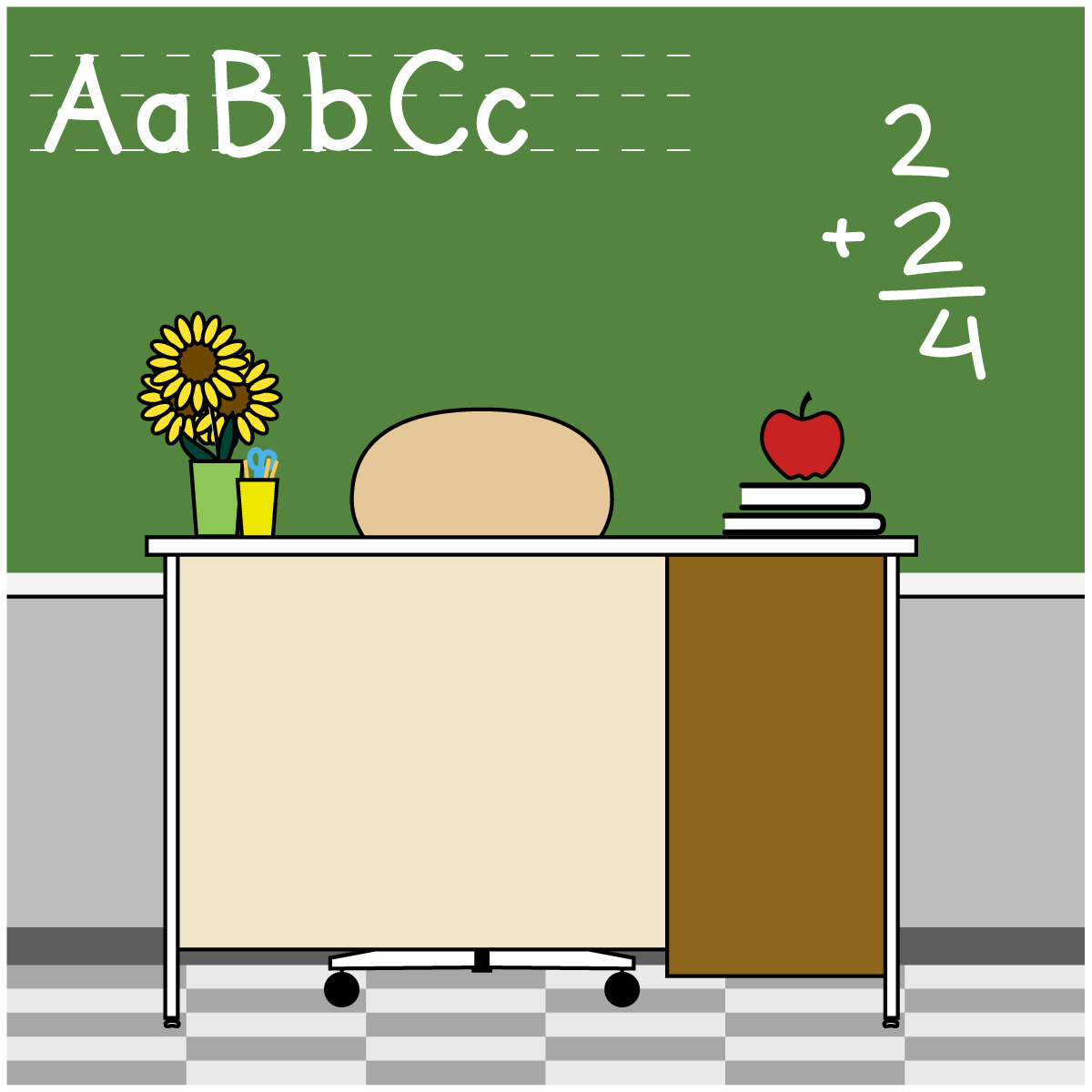I've had a goal since the day I started my new job as Instructional Technology Support Teacher. This goal was to go to as many of the District's trainings as I could. I need to see and hear what teachers are learning about in various topics so that I can think about how technology can be implemented to help support them and their students. So far I've been able to be a part of ELA training K-5, Secondary Leadership Cadre, and recently math K-5 and 6-12.
Today I'm going to focus on the math training. In the elementary training we are part of an online course through Stanford taught by Jo Boaler. In her sessions thus far, she has talked about math being an art. Something that students can explore and find the beauty in. Math should allow freedom to see solutions from many different angles, with tasks that have a low floor and a high ceiling. (This same term was used in the 6-12 math PD when referencing the types of problems or tasks students should be exposed to.) I love how the idea of problems that allow students multiple avenues to solve with lots of room for thinking, transcends grade levels!
In this latest session of Jo Boaler's class we learned about the importance of number sense and how daily math or number talks can help improve all student's number sense, even for those students in high school. I love the idea of math talks. I think I would have been so much more successful at math, had I been a part of math talks. I've always thought I was good at math, but what I was good at was computations using specific algorithms. I truly did not understand why I was doing what I was doing. Even working through a couple of problems in this session, I was second guessing and rethinking my answers. The first problem to solve was 18 x 5. Then later we had to solve 25 x 29. My first reaction was to get a piece of paper and pencil and solve the problem. However the instructions were to solve it in your head without writing it down. To really think about the problem and make sense of it in your head. After my initial panic, I slowed down, took a breath and really started to think about different ways to put the numbers together. That's when I began to understand. As part of this session, we got to see the conversations of real students (university level students) and how they approached each of the problems. The conversations of the students was very powerful and seeing multiple ways to solve the same problem was very eye opening. Many of the strategies I would have never have thought of. And yet, when they were explained by the students, I understood and was able to see the problem in a different light. Really working on number sense through math talk is incredibly powerful tool that ALL teacher can possess.
Even after all these years of
doing math, I had the experience of
understanding math. MIND BLOWN! The implications of what this could mean for students is staggering. It's time we get students to see the beauty in math. That math is not this stagnant, blah subject. Instead, math is fluid and creative and full of wonder and freedom that enables all students to think, learn and succeed!










